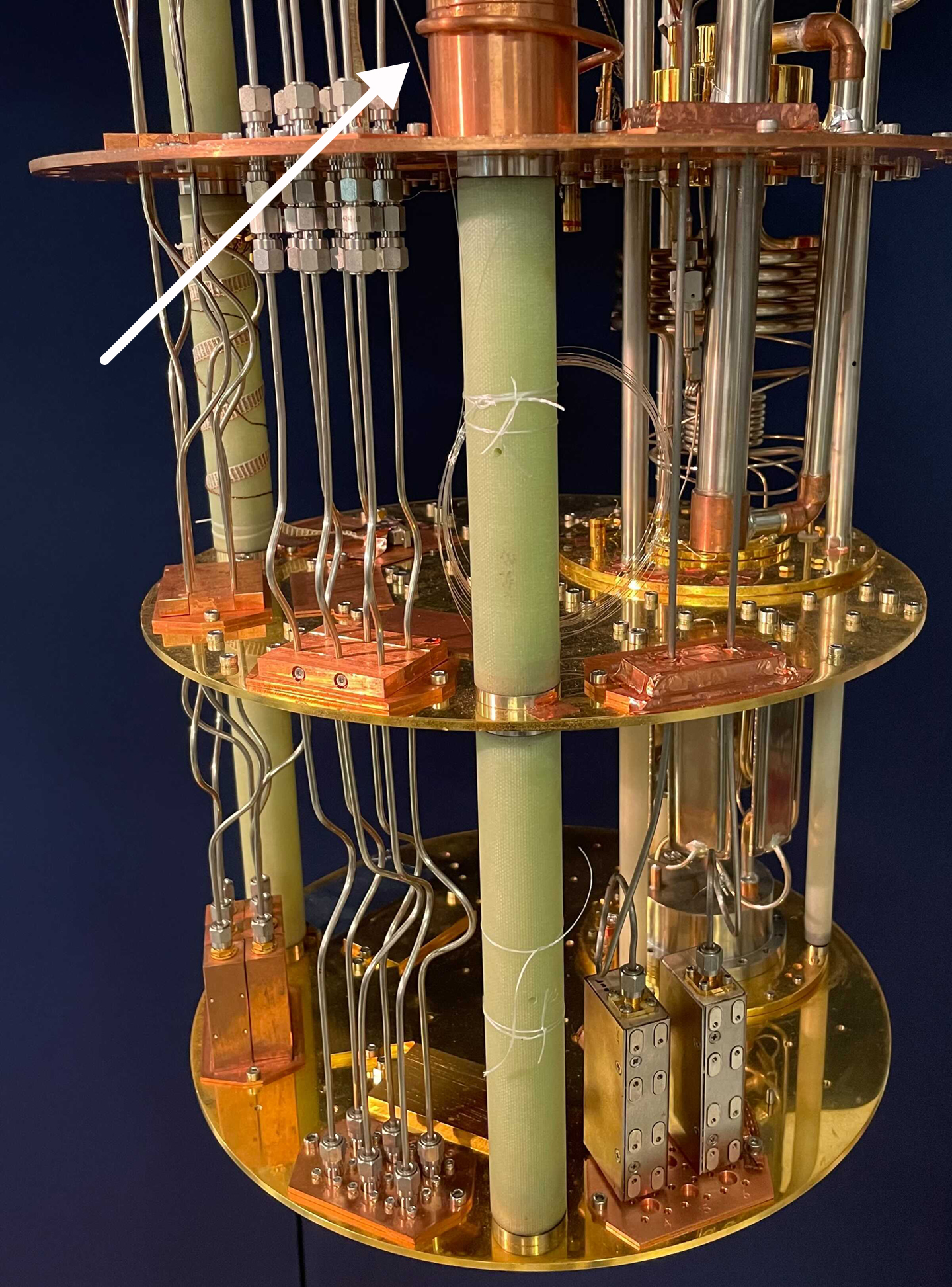
Researchers at the National Institute of Standards and Technology (NIST) have constructed and tested a system that allows commercial electronic components—such as microprocessors on circuit boards—to operate in close proximity with ultracold devices employed in quantum information processing. That design allows 4X as much data to be output for the same number of connected wires.
In the rising excitement about quantum computing, it can be easy to overlook the physical fact that the data produced by manipulation of quantum bits (qubit...
Read More









Recent Comments